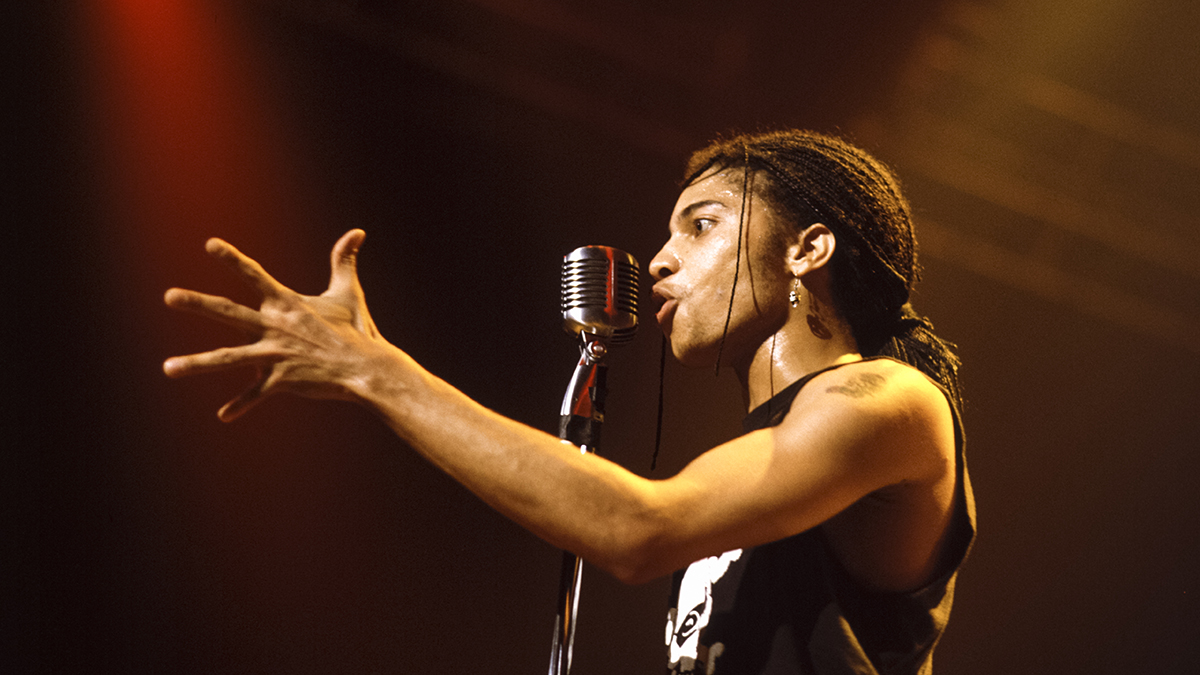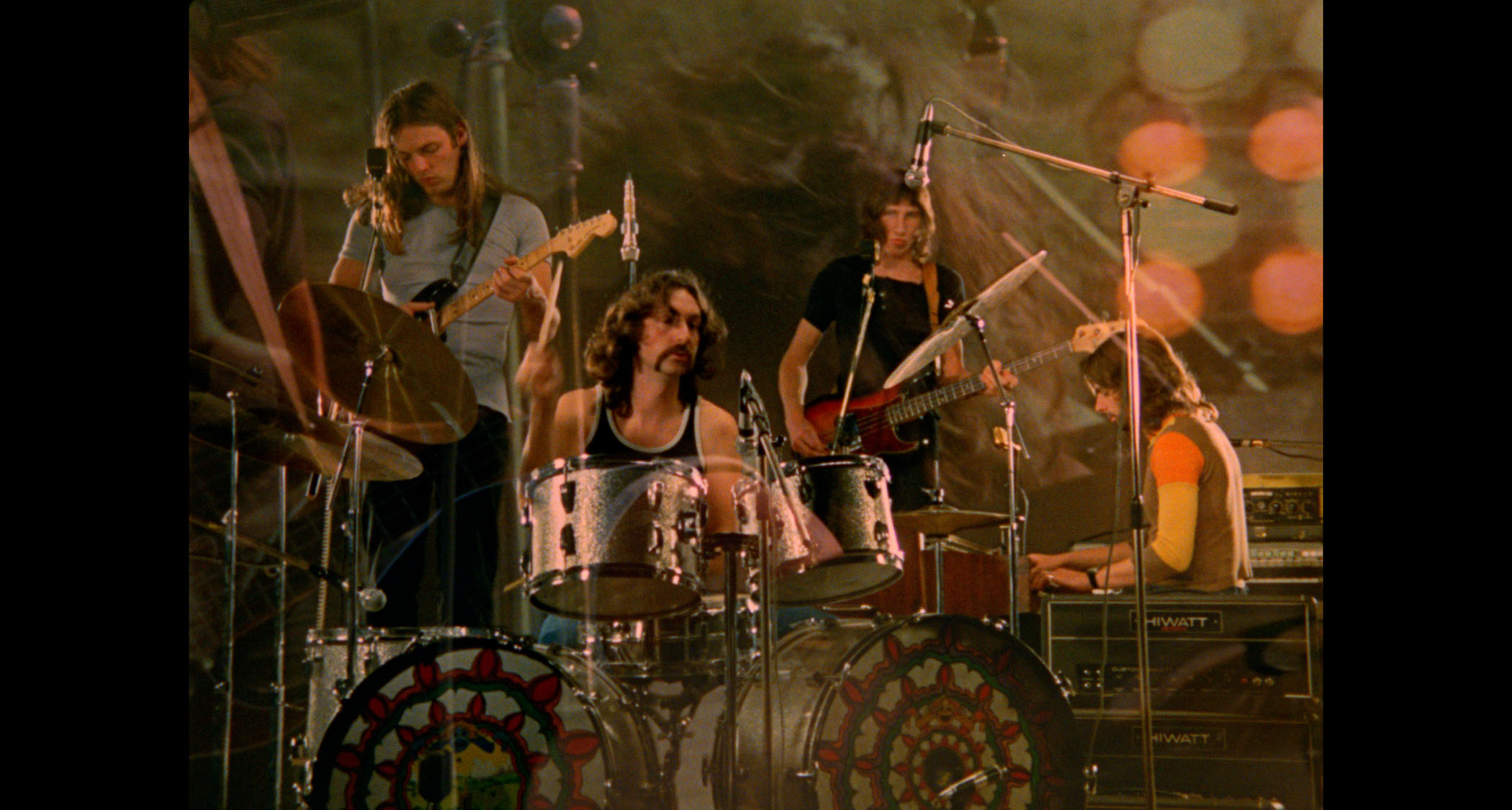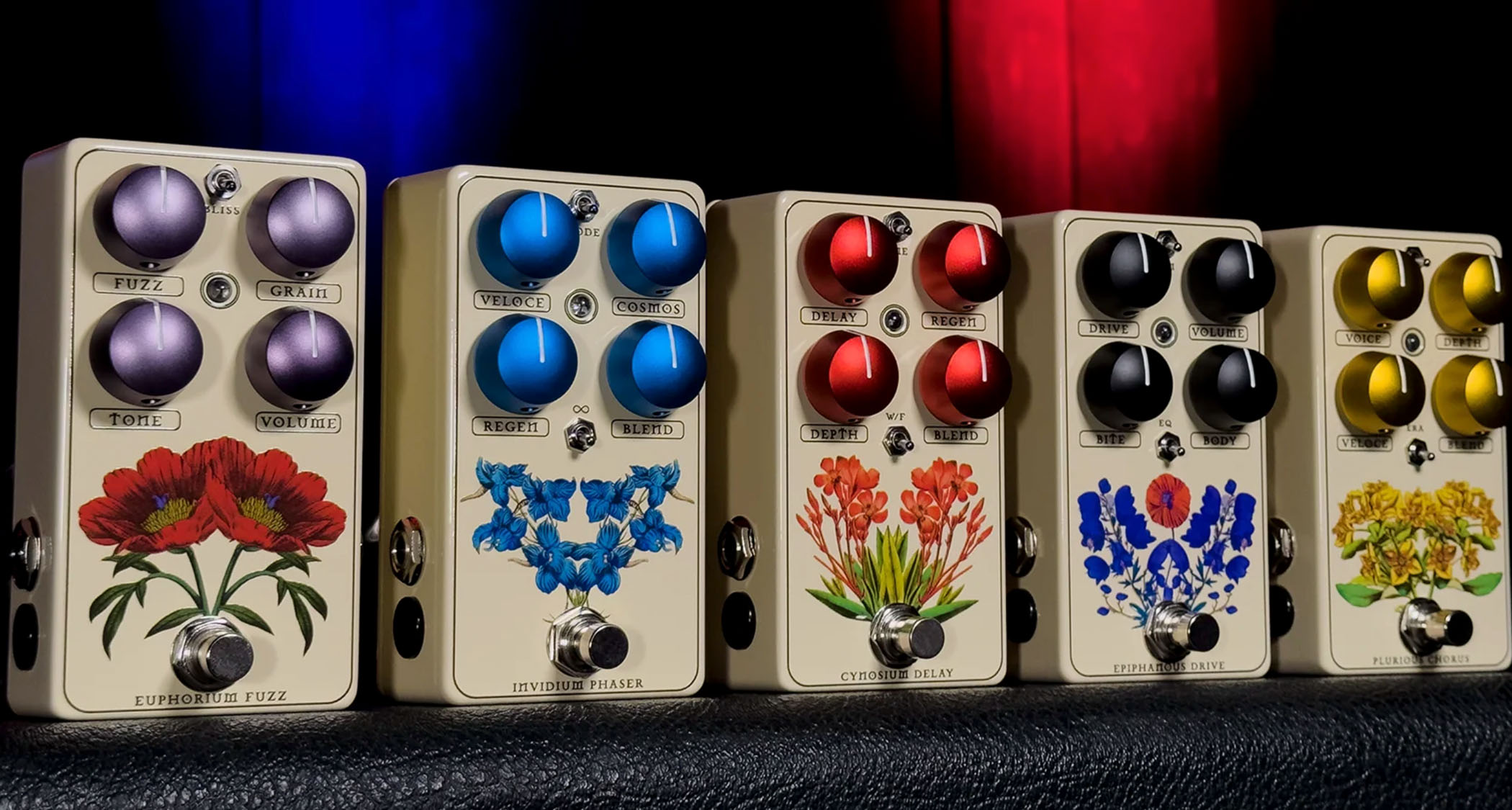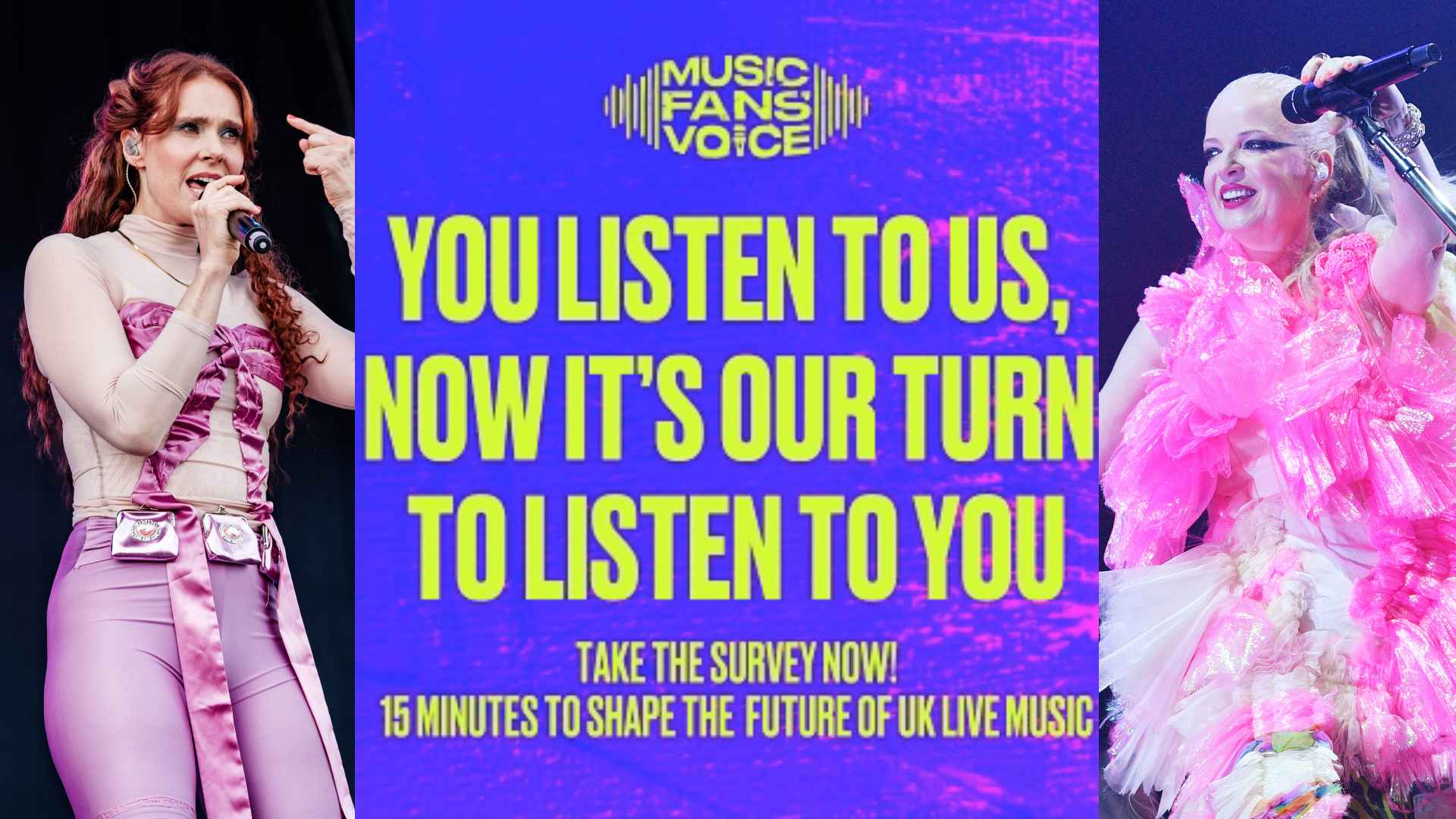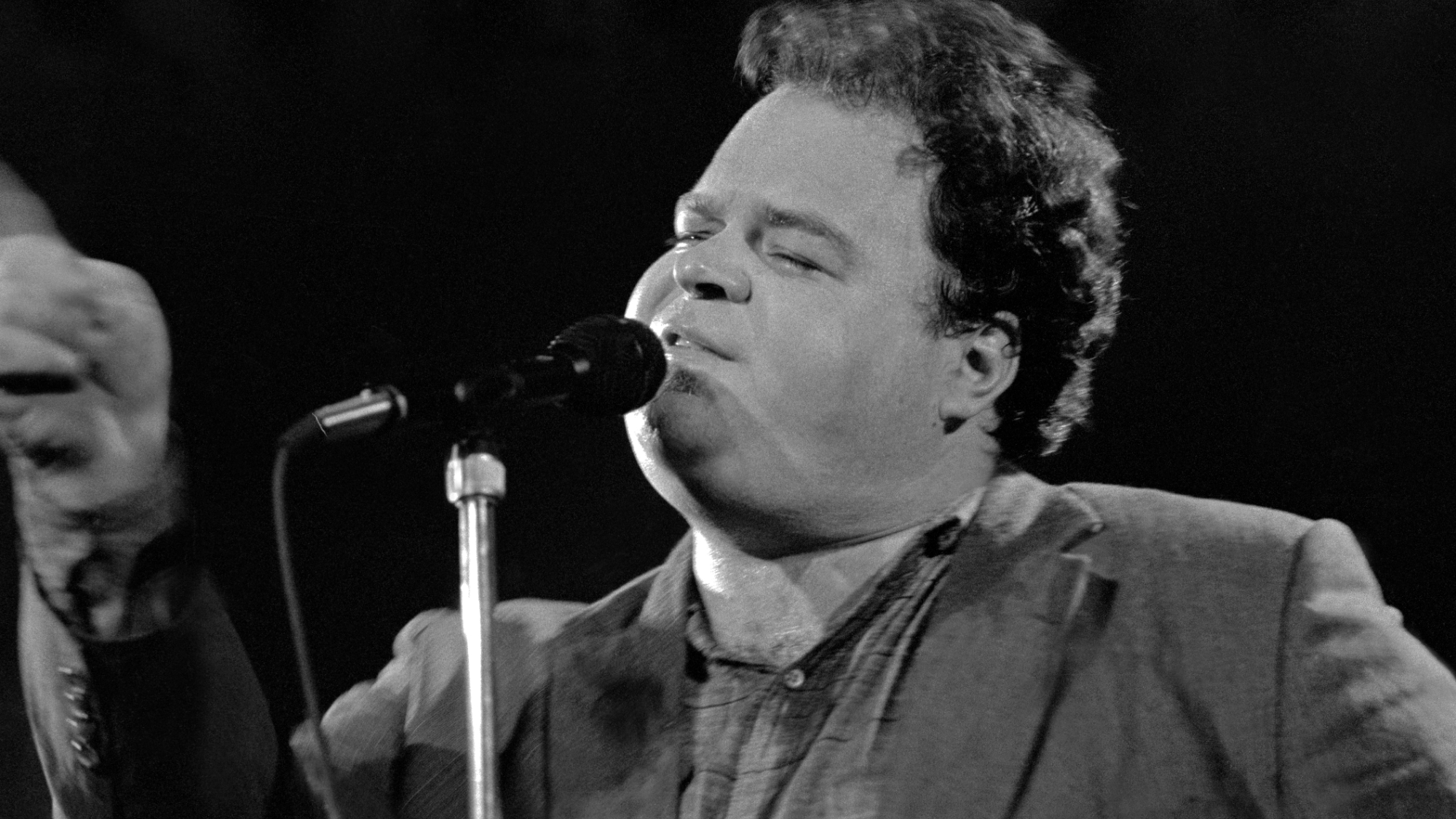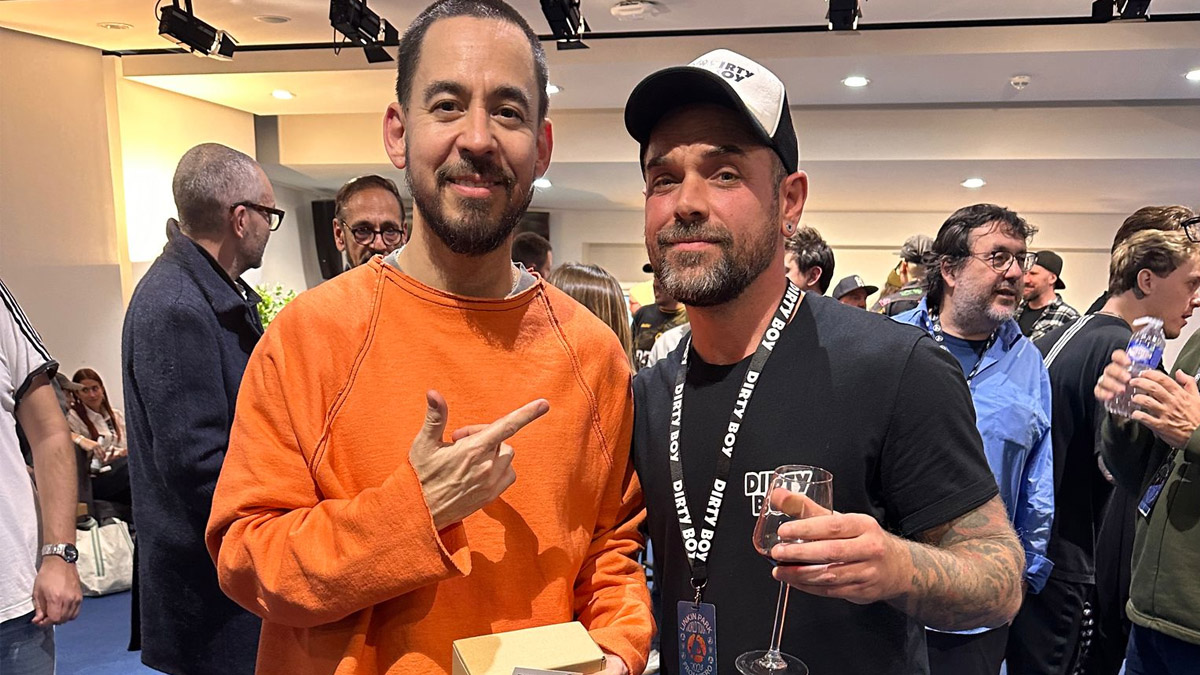Classic album - Amon Tobin on Foley Room: “I hadn’t told John I was turning up with a bowl of wasps. He wasn’t happy at all.”
“I just wanted to treat all sounds as being musical, whether or not they came from an instrument,” says the Brazilian producer
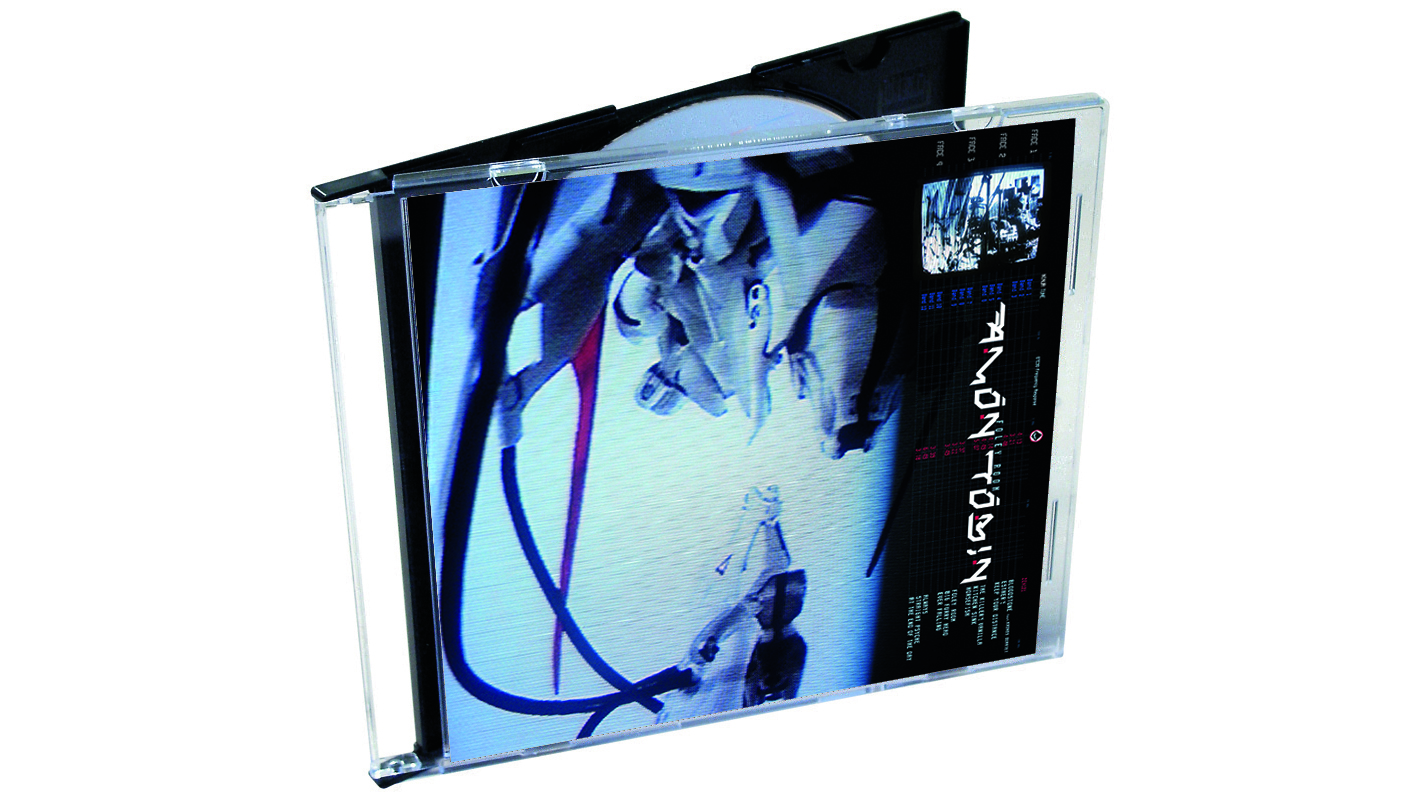
Whoopy-frickin-do! You downloaded a sample pack. Hardly sweated over getting that synth line though, mate…
Spare a thought for Amon Tobin, in the back of a cab, on the way to the studio, to record a taped-up bowl of agitated wasps [“It was hot to the touch. They were furious!”]
Amon Tobin’s label Nomark Records is building up a fair head of steam. It began life last year as a platform for the prolific producer to release the music of his various aliases [Figueroa, Two Fingers, Only Child Tyrant, Cujo], and is already 30+ titles deep. Expect a lot more. He’s stockpiled a decade’s worth of tracks from each guise, and aims to release it all, before expanding the label to take in other artists’ work.
This is Foley Room - the 2007 album with pissed off insects providing the sounds. As well as the growls of an intimately miked lion, the clunk-clicks of a CD pressing plant, and the whirring turns of a monstrous outdoor satellite dish, to name but a few more.
“I just wanted to treat all sounds as being musical, whether or not they came from an instrument,” says Tobin.
Armed with a “satchel-sized” Nagra tape machine, and the vastly more experienced engineer Vid Cousins and his Earthworks mics, they rampaged around, capturing an exotic library of sounds to help build this staggering album.
“The idea was to record it all onto 1/4-inch magnetic tape, and then manipulate it later in a really creative way,” says Tobin. “You can really get into tape.”
Indeed. He’d manually slow the machine down to pitch and distort noises until they became unrecognisable tones, full of rich character and new potential.
Get the MusicRadar Newsletter
Want all the hottest music and gear news, reviews, deals, features and more, direct to your inbox? Sign up here.
“You can play a lot with that stuff,” he says. “You can drag it along at the tapehead with your finger and make something completely different, or slow it down to an impossible degree without any sonic artifacts. Unlike digital, there was no aliasing.”
Back in the studio he assembled virtuoso musicians, directing them to improvise largely away from melody, weaving his found sounds into the mix.
“They were way over-qualified, by the way, to be doing what I was asking them to do,” says Tobin. “I’d be saying, ‘Oh can you, like, not musically… I don’t know, do this with a toothbrush? Or do it while hanging upside down… Or underwater.’ I wanted all the freedom to take the recordings in any direction I wanted, afterwards.”
Bonkers. If that’s not commitment to sound design, then we don’t know what is. Kinda makes your recent purchase of ‘Epic Big Room Lead Lines Vol.4’ seem a tad lame now, right?
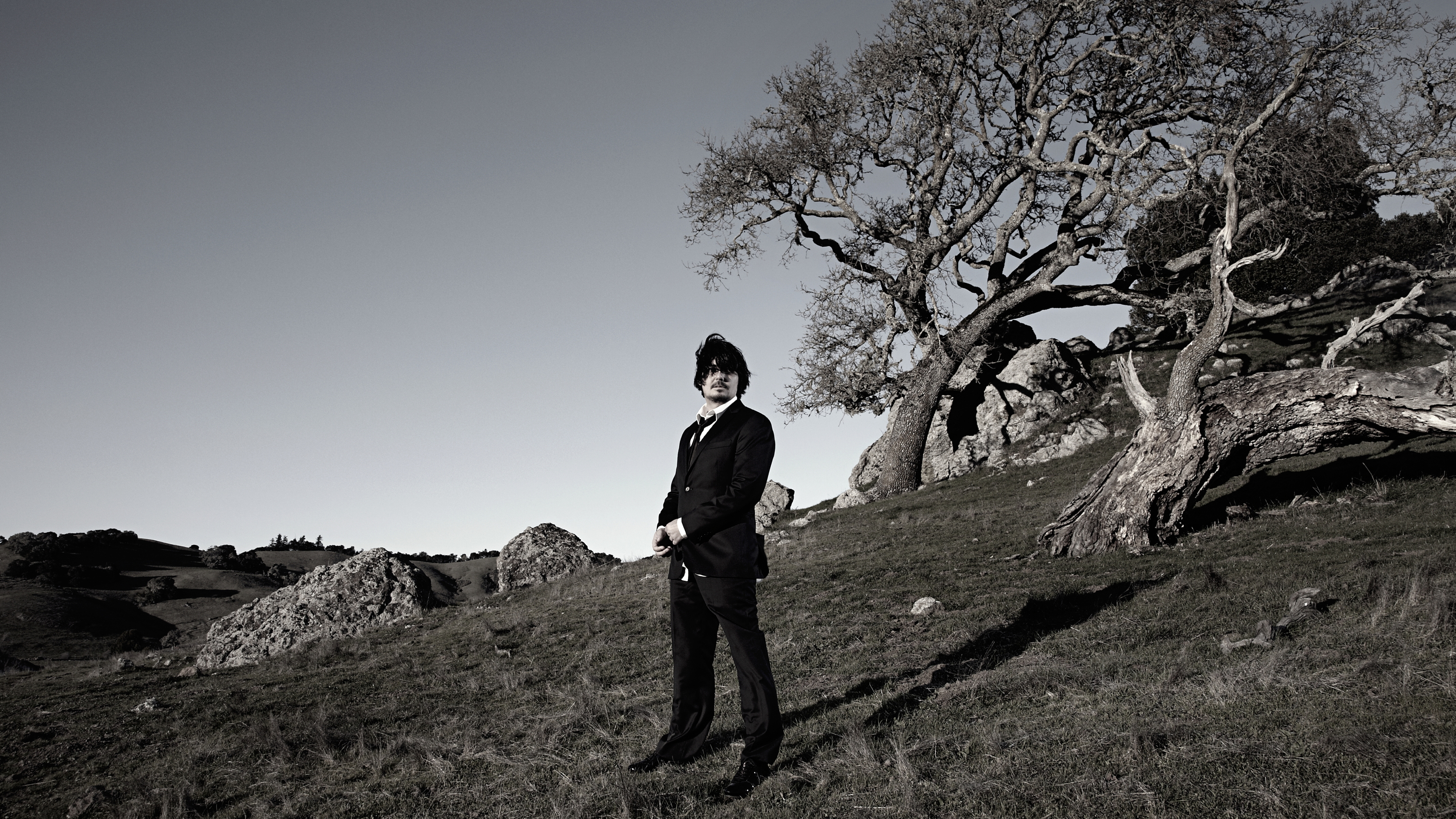
Track by track with Amon Tobin
Bloodstone
“I worked with [contemporary classical string outfit] Kronos Quartet on this album. They actually reached out to me. I was star struck. Nowadays you call anyone a legend, but they actually are. I was pretty intimidated. These were... proper musicians [laughs].
“By then I’d actually done a fair bit of the record. And I’d been working with all kinds of musicians, telling them exactly what I wanted. I was intimidated doing that with Kronos, but that’s what I did. We were like completely different species of animals, studying each other.
“After a little back and forth we ended up really getting the sound I was after. I was so pleased. And they were such beautiful recordings. I ended up using those sessions across this record, as well.”
Esther’s
“I’d been listening to a lot of surf music. I wanted to achieve that sound without guitars. I slowed down the revving of a motorcycle for the mid and low range of the baritone guitar. And then, for the higher resister, I wanted to use bees. I thought they’d produce that fast sound you’d get from distortion pedals.
“I captured a live wasps’ nest from the side of my building in a metal mixing bowl and taped a record sleeve over the top. I took that in a cab to my friend, John Usher, who was doing a doctorate in sound engineering, and had access to really interesting microphones that recorded in great detail.
“I hadn’t told John I was turning up with a bowl of wasps. He wasn’t happy at all.”
Keep Your Distance
“I’d hooked up with a drummer called Stefan Schneider [from To Rococo Rot]. He’s a really interesting guy - I was just gravitating to musicians that were really experiential.
“We tried a lot of ideas we’d borrowed from film production. I’d already been quite interested in sound design in film - people from the Ben Burtt school of things. We augmented Stefan’s kit. It was like making a prepared piano, but with a drum kit. Using different textures and things that would vibrate on the skins, like chickpeas. We tried a number of different techniques and microphone placements to get sounds from him.
“That’s where a lot of the drums on the record come from. Especially on this track.”
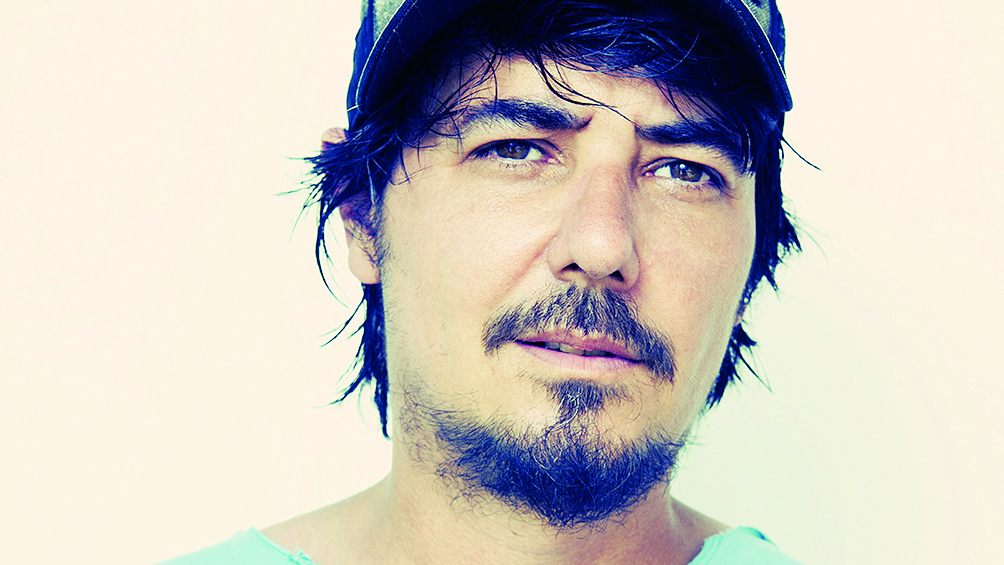
The Killer’s Vanilla
“I used more Kronos Quartet and Stefan, again on drums, for this track. There’s a lot of orchestration layered, too. In terms of sounds, I’d recorded all the things I wanted to use. They were all used interchangeably throughout the album.
“[Laughs] I was heartbroken during this record, by the way. And this track is actually about the smell of a girl that I was madly in love with - she smelt like vanilla. And, I swear to God, every time I smelt that smell I just had to leave the room! It was just the worst.
“Smell and music seem to work like time machines. So, yeah. At least one track on an album has to be dedicated to a heart-wrenching experience [laughs].”
Kitchen Sink
“There were instruments that were built. Patrick Watson, who was an amazing pianist and singer, and is also really into sound, had made a strange bowed instrument, and I recorded that.
“Then there were a load of sounds literally recorded in the kitchen sink [laughs]. I put a bunch of stuff in there and recorded them.
“Any sort of repetition can be rhythmical. It doesn’t matter what the source is. You can loop anything, too.
“A lot of the sounds on this track are from a vinyl and CD factory pressing plant. And a lot of their machines would move very rhythmically. Lots of close miking went on of those things. And contact mics as well, which were really interesting to use.”
Horsefish
“Sarah Pagé plays harp on this. It was one of the few times I got someone to play something musical on the record. I had a melody in my head and I asked her to play it. I hadn’t really done that with anyone else. Even with Kronos I just had a tone in mind. I hadn’t really worked with other people up to this point. And this is as close to a musician playing an instrument as there is on this record.
“This was a case of needing something specific. More often than not I would say, ‘Hey. I need this...’ And while they were doing that, they’d blow me away with something I hadn’t thought of. So, it was a really enriching process.”
Foley Room
“I wanted to make a drum kit out of some of Steph’s drums, but interlaced with all these other sounds that could be percussive.
“There was a bottle factory that I went to. And a sort of bizarre space exploration centre that we went to to record this giant dish moving around. It was huge. Like this 40-60 foot dish, spinning around. I sped that up.
“Yeah, there were lots of interesting, unexpected sounds, coming out of doing this. And little toys - I remember just a bunch of little kids’ toys that I sort of wound up and let go, and recorded. I was trying to make everything interchangeable, you know? So, drums interlaced and mixed and blended with other things that were percussive.”
Big Furry Head
“We had this brilliant idea to go to a safari park [laughs]. I somehow managed to charm my way in there, after-hours, to record lions and tigers in cages. They’d feed them through the night with giant hunks of meat the size of your torso. These handlers had missing fingers! They’d chomp on these things and I’d hold my mics very close to their mouths.
“I thought, ‘I can’t wait to get these things roaring’. I’d got some of that. But much more interesting was just the sound of them breathing.
“Somehow, the resonant chamber in the chest of a lion turns out to be extremely powerful. So, even the smallest growl is this immense sound. A really foreboding, menacing, sound. I recorded a lot of that.”
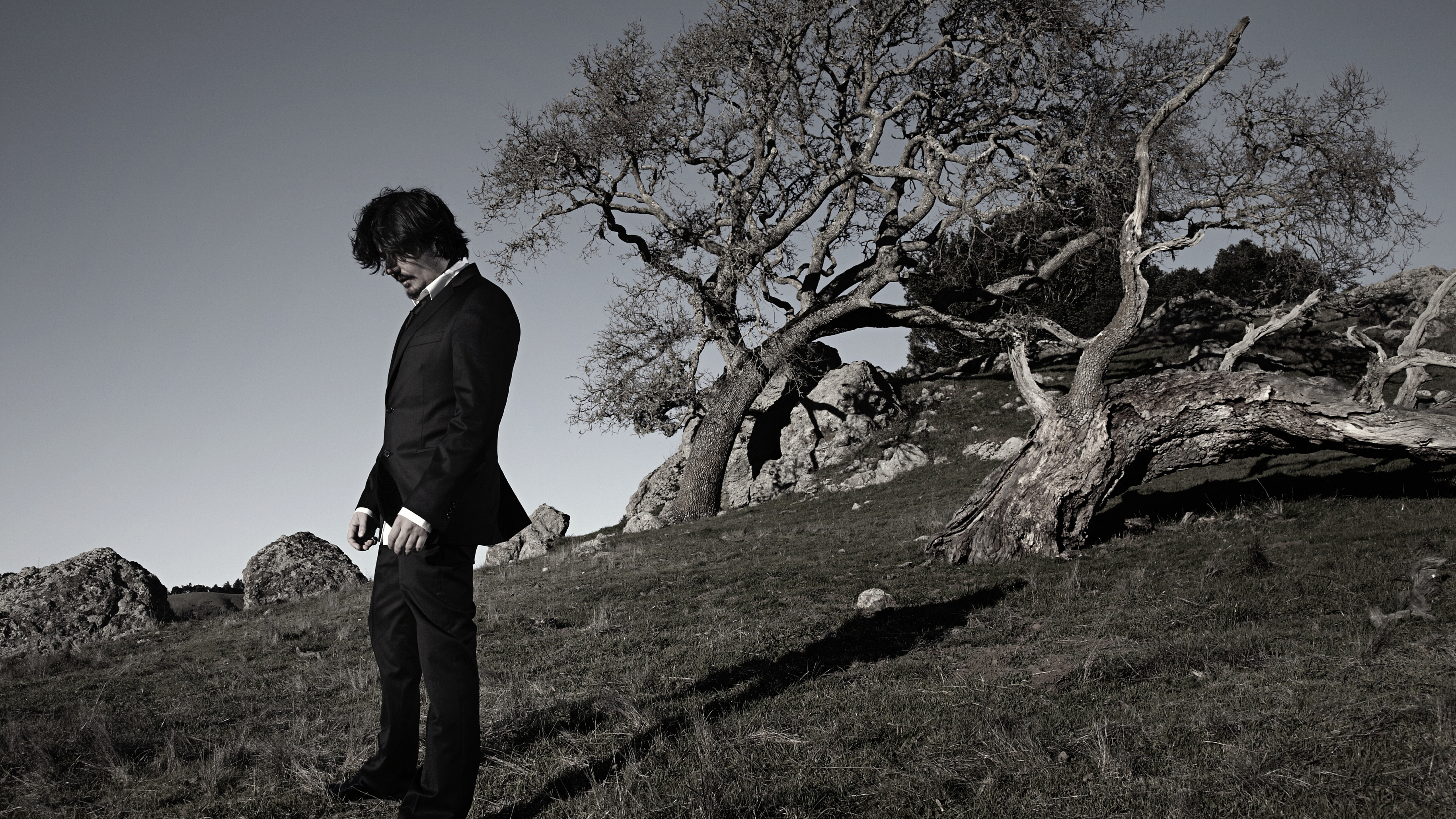
Ever Falling
“A lot of these sounds are Patrick Watson, who is this wicked pianist and great vocalist. He was very patient with me.
“I did a lot of non-musical stuff with him, but occasionally he’d do something that was so beautiful that I’d be like, ‘Ok. Fine. I’ll use this amazing musical thing you did.’ You know? He’s an incredibly sensitive player and very nuanced.
“A lot of this track is Patrick. And then there’s maybe some Kronos in there, too. All the credit to all the people that worked on this record. Even though I was very pragmatic about what I wanted. They were very creative people and couldn’t help but contribute.”
Always
“Vid [Cousins] plays guitar on this track, if I remember right. And he’d always have one to hand [laughs] and play anyway. I had these different licks that I was trying to get him to do. They were all quite Morricone derivative. It was mainly Vid and I who went out to get sounds, too. He was the person who knew about mics [laughs]. And then all these other people who contributed to the album were friends, and friends of friends.
“It was a lot of fun, but everyone was really, really, motivated to do something that they hadn’t really done. Some of them were very accomplished. I mean, the cellist [Norsola Johnson] had been playing in Godspeed You! Black Emperor. She was really interested in playing a cello in a non-musical way. She’d been doing drones and fascinating music and was great to work with.”
Straight Psyche
“The next two tracks are just a mixture of all things. I struggle to identify what’s in there and from where. The music, or the songs, or tracks, were pretty much mapped out. But as far as the actual sounds I used to make the songs, they were more flexible. I knew what I wanted to do, but I didn’t know which texture or sound would be the best to use. So, I left some room to play with that.
“Sometimes I’d record something – I’d maybe go to record some engines. Like a forklift truck, or something. I knew I wanted it for one track, but then it would surprise me with some strange harmony or harmonic that I could use for something else. All these things were very inspiring.”
At The End Of The Day
“This felt like an album closer. When you’re sequencing albums you tend to have that in mind.
“I don’t record an album as an album, though. I record tracks and then try and sequence them in a way that makes sense. You just sort of feel your way through it, you know? It’s all irrelevant these days. Although I still try and make something with the illusion that people will listen to it in sequence [laughs].
“We actually toured this album all over the world. It wasn’t a club set. But we had this insane show with a room full of mirrors and lasers, which was great!”
In the studio with Amon Tobin
“My studio was in old Montreal, as I was living there. We travelled a fair bit – a bat cave in Texas. In and around Montreal. Down to San Francisco to record the Kronos Quartet.
“Everything was recorded onto 1/4” tape. We marched around with this giant Nagra [IV-S] reel-to-reel machine. The mics were Earthworks. I used them as I didn’t want any colouration or personality in the recordings. They’re also very robust, and had very little handling noise.
“Then I went straight from tape into an A-to-D convertor. Then into Cubase with all the standard plugins – there was nothing really special there. I wasn’t really synthesising sounds – I was working strictly with audio. It wasn’t to do with processing, as it was micro-editing and layering and that kind of thing.
“There was some outboard. I had a nice tube EQ, which I still have now, called a Manley Massive Passive, and a TG1 compressor/limiter. But not much outboard gear.”


Future Music is the number one magazine for today's producers. Packed with technique and technology we'll help you make great new music. All-access artist interviews, in-depth gear reviews, essential production tutorials and much more. Every marvellous monthly edition features reliable reviews of the latest and greatest hardware and software technology and techniques, unparalleled advice, in-depth interviews, sensational free samples and so much more to improve the experience and outcome of your music-making.
"At first the tension was unbelievable. Johnny was really cold, Dee Dee was OK but Joey was a sweetheart": The story of the Ramones' recording of Baby I Love You
"Reggae is more freeform than the blues. But more important, reggae is for everyone": Bob Marley and the Wailers' Catch a Fire, track-by-track

